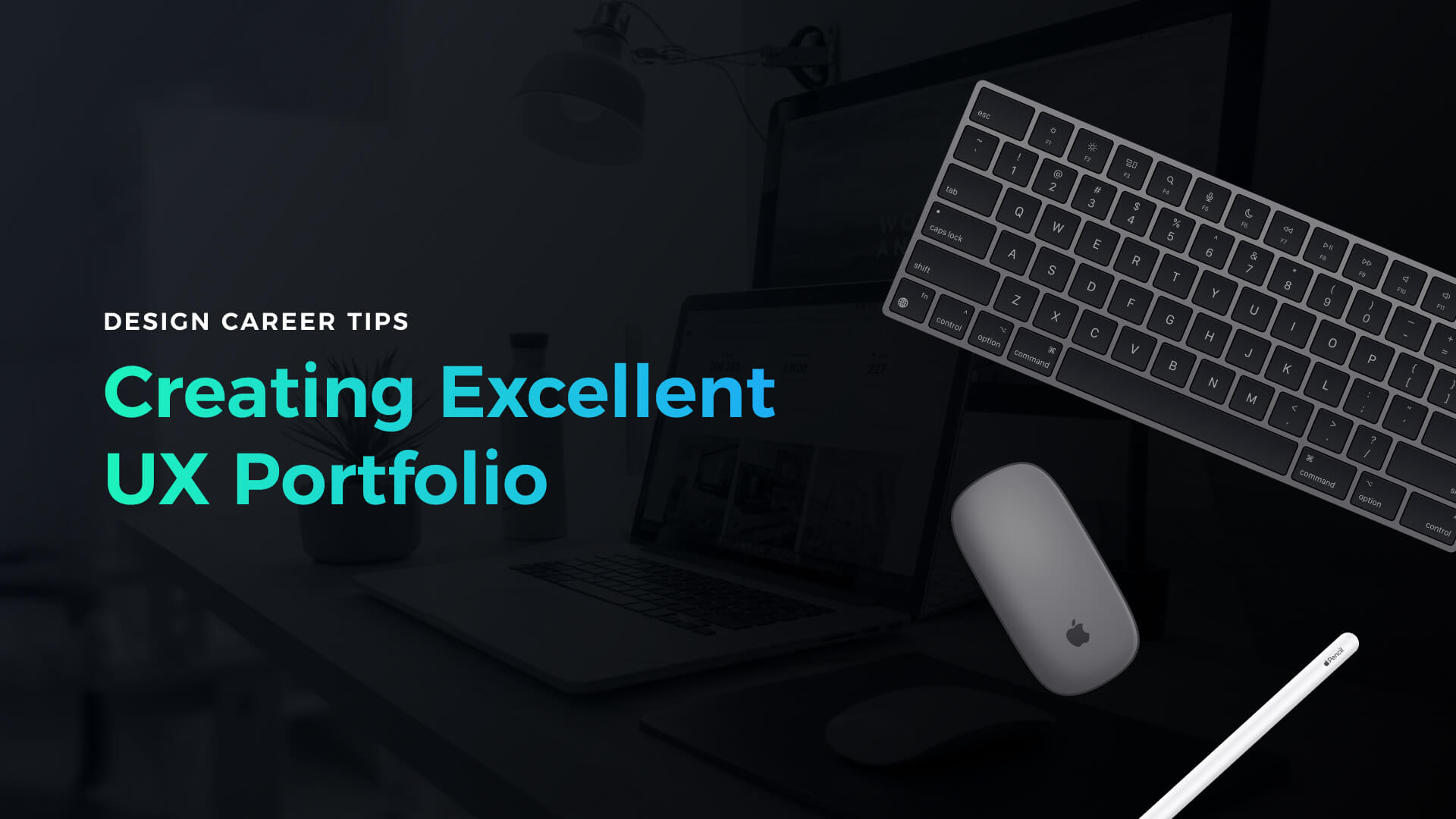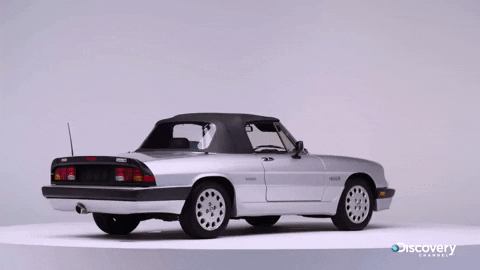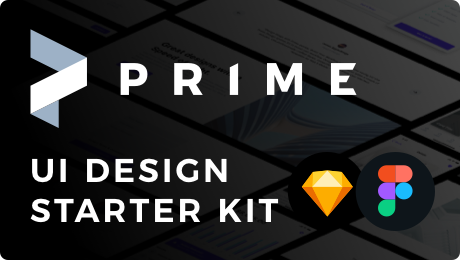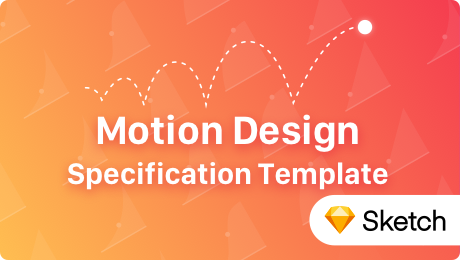Building a portfolio that will help you get a job or a new project is the Holy Grail of most of us. Through the years of my career, I was fortunate to be on both sides – I took part in recruitment processes, and as a leader of a small team, I was also recruiting talented designers. Having both points of view allowed me to gather a bunch of practical tips, and in this article, I want to present them to you.
I believe that thanks to them, you will not only build a great portfolio but also get the job of your dreams. Grab the mug of your favorite coffee, and let’s dive into it!
1. It’s not about you
This may be a shock for you, but indeed the portfolio should not be about you (well, not the entire portfolio). Companies want to hire a designer with a specific skill set, offering the service they need and having wide knowledge in particular areas.
This means that the primary content of your portfolio should not focus on telling everyone that you are a graduate of a specific university. It’s not about certificates you have, not about hobbies.
Suppose you have a dream to design fintech solutions. Think about how your portfolio may address the needs of companies in this industry. Focus on presenting content that might be interesting for the company or clients you want to work with.
Change your approach, stop showing who you are, start presenting how you may help solve specific problems and add value if you get hired.

2. The first impression is crucial
You might have heard it many times, but it is always worth repeating. The first impression decides if someone wants to continue watching your website or a resume or rejects it.
The portfolio must be professional and address the experience of the industry you want to work with. Make it feel friendly to read and watch, make it memorable. Invite a recruiter to dive deeper into your portfolio.
3. Stand out
By making your portfolio memorable, I mean that you might be one of the dozens of talented designers that applied for a specific job or a project. This means that you have to be remembered to move to the next phase of the recruitment process.
Standing out does not mean that you have to build a website or resume with a unique layout (this might be risky because if you make it hard to read, a recruiter may reject your application).
It is always up to you, think of the element that defines you. This might be your mission or goal, favorite quote, even unique photo: delight, surprise, or intrigue.
However, remember that it is not what the portfolio should be about. This memorable thing should be noticeable but never dominate the experience.
4. Make it clear & easy to read
You want your future client or recruiter to hire you. This means they have to know you first. You present your portfolio to help them in that task.
Making the space where you present your skills & works clear and intuitive is essential. There is nothing more frustrating than fighting with navigation on portfolio websites.
5. Show only selected works
Designers are very productive. We create dozens of designs monthly. However, it does not mean we should include all of them in our portfolio.
Recruiters and clients have got very limited time. They want to see the most important things quickly. This means you have to present only selected works.
These curated designs should obviously be high-quality ones, but there are more things you need to pay attention to.
6. Goals, skills & fixed problems, not just works
When you want to pick curated designs to include in your portfolio, never think of them as your “works.” Recruiters seek the answers. Think for a while what they may ask themselves. What needs do they have? Here are a few samples:
- How this person may help us fix issues with checkout
- We need someone who knows motion design well. Is it this person?
- Does this person have the skill set to design a mobile app for our store?
Now you got it? It is not only about having beautiful Dribbble shots. Show the answers reveal how you solve problems.
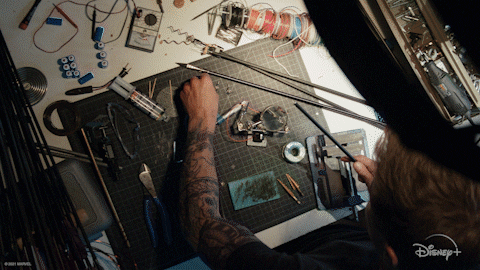
7. Reveal the process in a case study
Having at least one case study is a must. People want to know how you solve problems how you come up with specific ideas.
Beautiful designs presentation rarely reveals the process. That is why it is worth spending a while and writing down how you work.
A good case study includes not only the design thinking process but also lessons learned, what mistakes you have done and how you fixed them. Show how the product evolved and reveal its impact on the users.
If you have a portfolio website (You may create an excellent one with no-code tools like Webflow), add a page with the case study. If not, you may create it and publish it on Medium.com.
8. Respect people’s time
You may describe the process in a case study with lots of details. However, it is extremely important to constantly remember that recruiters have got limited time. This means you literally have to include the “TL;DR” section at the beginning of your case study.
This summary will help to see your process at a glance and decide if it is worth reading it. Without that section, most of the recruiters will skip the entire case study.
What’s more, always structure your resume, from the most important and up-to-date information to the ones that are less prominent.
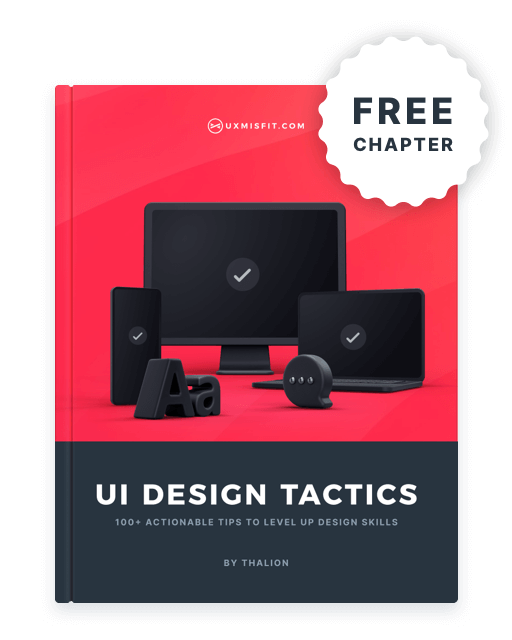
Get Free Chapter
15,000+ designers are already subscribed (no spam! Only design tips, tutorials + design resource news).
Join now, get the free chapter of my eBook right to your inbox. With these tactics, you will solve common design issues with ease.
Sign up - Get Free Chapter
9. Fake redesigns are valuable
There is always a lot of rumor around fake redesigns. Some like them, others hate them. However, they are valuable for recruiters. Especially if they seek junior designers or the designer worked for projects with strict NDAs.
Don’t be afraid to prepare some “fake” redesign on your own. Just treat it as a real project. Don’t just “beautify” it – improve it, fix problems you have noticed. This way recruiters will be able to see the way you think and work.
The valuable redesign brings lots of materials for a good case study.
10. Show you personality
While in the first point, I wanted you to change your mindset and build a portfolio not about you but around the things recruiters want to see, it does not mean that there should not be a space to present you as a person.
Companies hire for specific skill sets and knowledge, but they also want to have wonderful & inspiring people on board.
Find a place to present your hobbies, interests & lifestyle. A strong personal brand is of great value.
Bonus Tip: Portfolio without experience
Many new designers struggle with building their portfolios. They want to wait until they finish some real project. But, it is hard to get them without a portfolio…
You should not be afraid to build it. You may already apply many of the above tips, present the skill set, prepare some fake redesigns, and build a case study around that. Yes, you do not have “much” inexperience section of your resume, but you may include thoughts of how you want to share your career in what areas you want to specialize.
This is also important information because companies also want to invest in people. Showing that you think of the future and your career path consciously is additional value to them.
Summing up
Building a portfolio is not a single project. It is rather a process. If you do not have yours, start building it and add the next positions in time. If you improved your resume and portfolio and got the job thanks to these tips, please let me know!
Thanks for reading!
By the way…
If you start a new project or would like to organize your UI Library in Figma — do not waste your time creating everything from scratch. Feel free to use the Prime — Design System Kit. It helps you design UI with the best Figma techniques — Component Properties, Variants, Auto Layout and more.See Prime in action.
To make it easier there is a gift 🎁 - Use UXMISFIT10 offer code to get 10% Off.
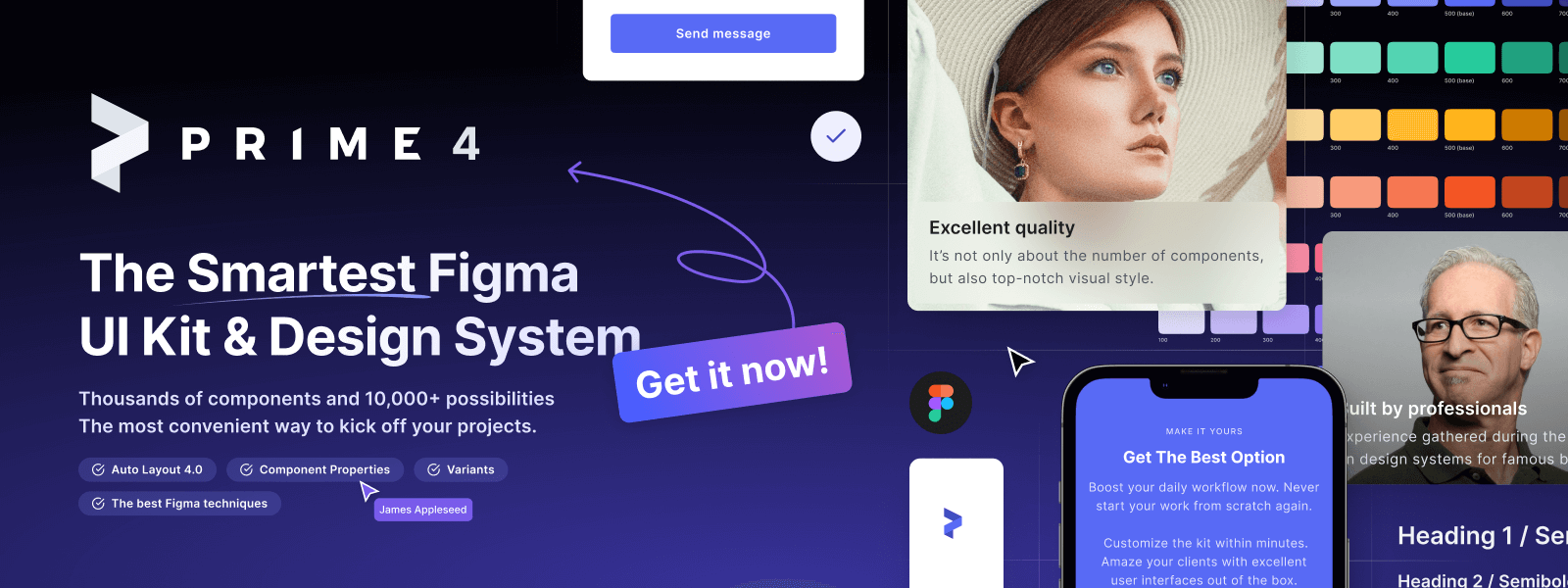
You can also Create User Flows faster in Figma & Sketch — With SQUID you can create User Flows directly in your favorite design tool. You may style them to your project brand within a couple of clicks. Prepare all kind of diagrams in minutes. See how it works.
